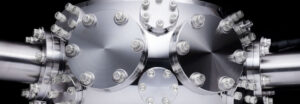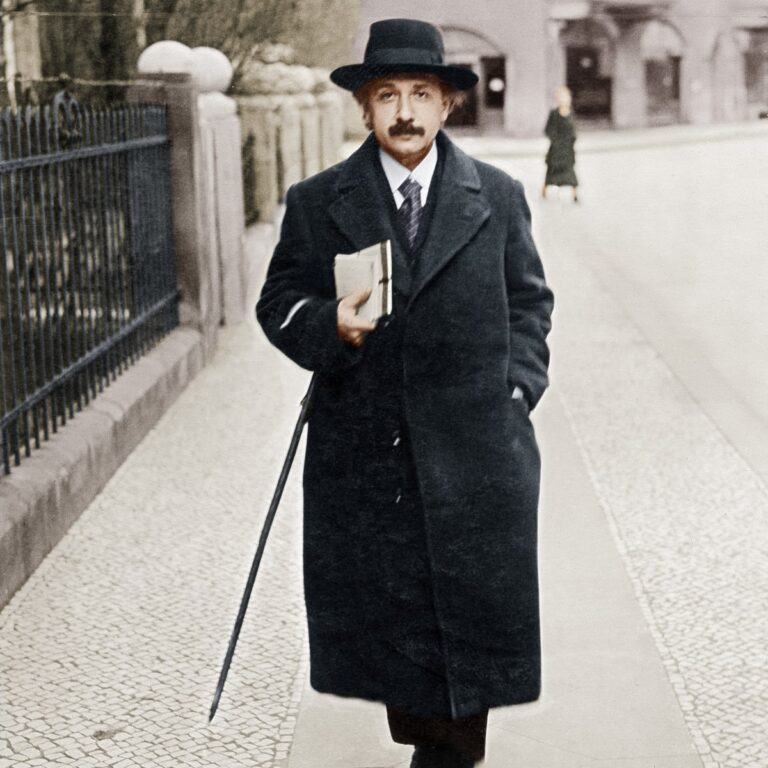Quantum Computing Weekly Round-Up: Week Ending November 15, 2025
Quantum fam, this Quantum Computing Weekly Round-Up is pure adrenaline—hardware’s dropping hotter than a cat qubit, funding’s cascading like an avalanche of venture qubits, and error fixes are making noise vanish like a bad superposition. From 98-qubit monsters to ISS-bound clocks, it’s the week that’s quantum’s “hold my error rate” moment—click every link or get left in the classical dust.
Hardware That Actually Ships
Quantinuum unveiled Helios, an 98-qubit trapped-ion beast with barium ions for all-to-all connectivity and 99.9% gate fidelities, crushing noise for drug and finance sims that’ll make your GPU cry. IQM launched Halocene, a 150-qubit superconducting product line for error correction with 99.7% two-qubit fidelity—scaling to 1,000+ by 2027 for logical qubit hunters. IBM’s ramping 300mm wafer fabs for Nighthawk and Loon chips at Albany NanoTech, cutting production drama and eyeing fault-tolerant wins by 2029. Sparrow Quantum shipped Nest, the plug-and-play single-photon source for photonic networks, delivering pure photons that won’t flake on entanglement. Pasqal integrated two QPUs (Jade and Ruby, 100+ qubits each) into Europe’s first hybrid HPC-quantum setup at Jülich and CEA, fusing neutral atoms with exascale for battery and material breakthroughs. Jülich’s JUPITER supercomputer simulated 50-qubit, flexing VQE on exascale like it’s no big deal.
Money Avalanche
Classiq closed a up-round from IonQ, AMD, and Qualcomm Ventures, exceeding $200M total funding to amp quantum software for BMW and beyond. BTQ exercised its option to acquire QPerfect, a neutral-atom computing leader, bolting on emulators for full-stack security dominance. Rigetti reported Q3 results with $1.9M revenue, $559M cash, and 1,000+ qubit roadmap by 2027, shrugging off DARPA lists. SuperQ signed a commercial agreement with Science & Humans for quantum-AI in healthcare, targeting menopause diagnostics. WiseKey executed a definitive merger to list WISeSat.Space on Nasdaq at $250M valuation, with post-quantum sats via SpaceX.
Error Correction Glow-Up
Princeton researchers created tantalum qubits with 1ms coherence—triple prior records, slashing errors by 90% for simpler scaling. Arqit launched SKA Controller to streamline quantum-safe networks for MSPs, delivering dynamic keys without PKI pain.
Quantum-Safe Shields Up
AMI introduced PQC in firmware, industry-first post-quantum cryptography in Aptio V UEFI, NIST-approved for data centers against harvest attacks. SEALSQ unveiled QS7001 chip with ML-KEM/ML-DSA hardware and U.S. expansion plans, 10x faster for IoT. HPE and partners formed the Scaling Alliance for fab-to-fault-tolerant acceleration. Feds are urged to build resilience.
Space & Photonic Weirdness
Voyager and Infleqtion partnered to launch clocks to space via ISS, enabling unhackable timing. A new ERC Synergy project at Niels Bohr will pave photonic tech with multi-photon sources. ICFO demonstrated three-node networks resistant to photon loss.
Algo & Sim Hacks
AWS detailed Hamiltonian embedding on near-term hardware like IonQ for high-D dynamics. Jülich advanced with JADE infrastructure. Google outlined quantum applications in a five-stage roadmap. An arXiv paper on CUNQA emulator. IonQ and UChicago signed a landmark agreement. IBM responded to DARPA with “we’re great”. Top breakthroughs of 2025.
Bottom Line
Quantum’s barreling toward utility this week with shippable hardware, crypto fortresses, and sim wins—blink and you’ll miss the superposition that’s collapsing into your next big upgrade.
See the final page for this week as it stood at week’s close or all Weekly Archives Pages from The Qubit Report.


